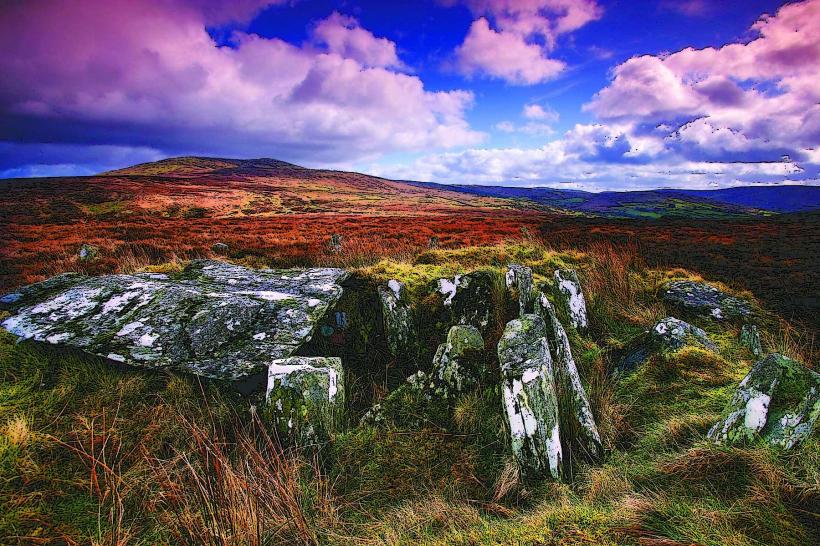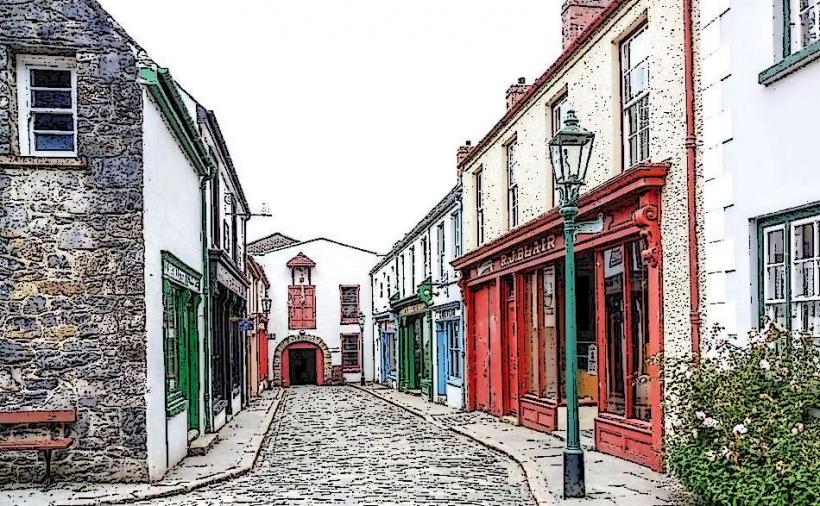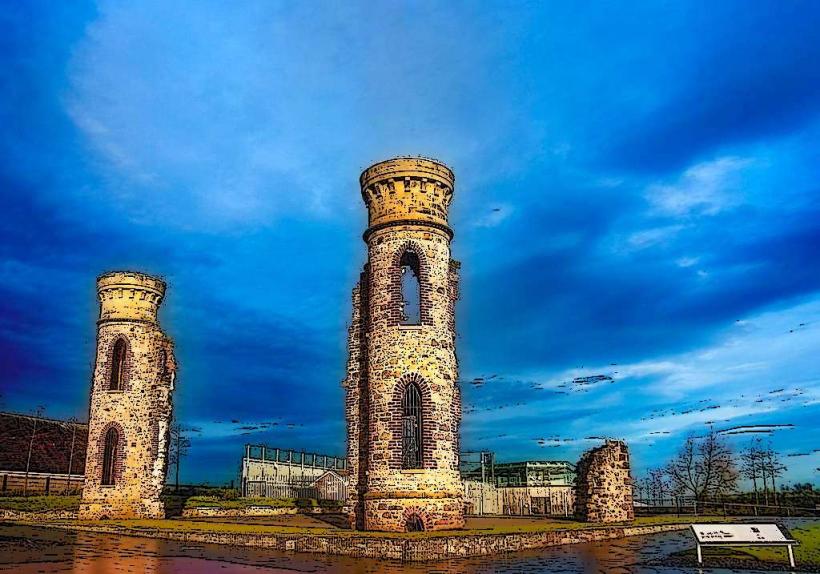Information
City: TyroneCountry: Ireland
Continent: Europe
County Tyrone is one of the six counties of Northern Ireland, located in the northern part of the island of Ireland. It's known for its rugged landscapes, rich history, and vibrant culture. While it may not be as famous as other counties, Tyrone offers a wealth of natural beauty, historical landmarks, and a deep connection to Irish traditions. Here's an in-depth look at what the county has to offer:
1. Geography and Overview
Tyrone is bordered by County Armagh to the east, County Londonderry to the northwest, County Fermanagh to the west, and County Antrim to the northeast. The county is predominantly rural and known for its rolling hills, forests, and lakes, as well as its peaceful countryside. The county's capital is Omagh, which serves as the largest urban center in Tyrone.
2. Key Attractions and Landmarks
Tyrone is rich in both natural beauty and historical sites, making it a great destination for those interested in Irish heritage and landscapes.
Omagh
- Ulster American Folk Park: This living history museum in Omagh offers visitors a chance to explore the experience of Irish emigrants who left Ulster for America in the 18th and 19th centuries. The park features a recreated American frontier village and provides insight into the transatlantic migration that shaped both Irish and American history.
- The Strule Arts Centre: A cultural venue in Omagh, it hosts a range of theatre performances, music events, and art exhibitions throughout the year. It serves as an important space for the creative community in Tyrone.
The Sperrins
- The Sperrin Mountains are a mountain range in southern County Tyrone and part of the larger Mourne-Sperrin Mountain Range. The mountains offer a variety of walking and hiking opportunities and are known for their scenic beauty, wildlife, and ancient heritage. Sperrin's peak is Sawel Mountain, the highest point in the range.
- Gortin Glen Forest Park: Situated in the Sperrins, this forest park features walking trails and beautiful views, making it ideal for a day of hiking, picnicking, or exploring nature.
Beaghmore Stone Circles
- The Beaghmore Stone Circles are a series of ancient stone monuments located in the Sperrin Mountains, believed to be over 3,000 years old. These stone circles are thought to have been used in rituals, possibly related to astronomy, and are among the most important megalithic sites in Ireland.
Tyrone Guthrie Centre
- Located in Annaghmakerrig, near Ballygawley, the Tyrone Guthrie Centre is an arts centre set in a rural farmhouse. It is named after Tyrone Guthrie, the famous Canadian-born theatre director, and offers residencies for artists, as well as a wide range of cultural events.
3. Historical Sites and Heritage
Tyrone's history is intertwined with ancient Irish traditions and more recent Irish history, particularly the conflicts during the 20th century.
Dungannon
- Dungannon is a town of significant historical importance, particularly during the Plantation of Ulster in the early 17th century. It was an important center for the Gaelic Lords of Ulster.
- Dungannon Park: A beautiful public park located near the town center, Dungannon Park offers a tranquil setting for walks, boating on the lake, and picnics.
The Hill of the O’Neill
- The Hill of the O'Neill is a historically significant site located in Dungannon. It was once the seat of the O'Neill dynasty, the most powerful Gaelic family in Ulster during the 16th century. Visitors can explore the ruins of the castle and enjoy panoramic views of the surrounding area.
Drumragh Avenue
- Drumragh Avenue in Omagh is home to the Drumragh Fold, a traditional Irish stone cottage. It is an example of the county's rural life from the 19th century.
Cavanacaw Crosses
- Cavanacaw near Omagh is home to several early Christian crosses, which provide insight into the early Christian presence in the area. These carved crosses are remnants of the monastic period in Ireland and offer an important glimpse into Tyrone’s religious history.
4. Natural Beauty
Tyrone’s natural landscapes are as diverse as its history, offering visitors a range of outdoor activities, from walking and hiking to scenic drives.
Lough Neagh
- Part of Lough Neagh, one of the largest freshwater lakes in the UK, is located in Tyrone. The lake and its shorelines provide stunning vistas and are popular for boating, fishing, and birdwatching. The area is also home to a rich variety of wildlife, making it an excellent destination for nature lovers.
Lough Ermoh
- Located on the boundary between Tyrone and County Fermanagh, Lough Ermoh is a peaceful and scenic area, perfect for those looking for tranquility, fishing, or to explore nature reserves.
5. Festivals and Events
Tyrone hosts several cultural and community events throughout the year, which celebrate the county’s traditional music, dance, and food.
Omagh Community Festival
- The Omagh Community Festival is an annual event that brings together a mix of music, arts, dance, and food. It's a lively festival that celebrates the cultural richness of Tyrone.
Tyrone Music Festival
- The Tyrone Music Festival is a popular event celebrating local music, from traditional Irish folk to contemporary genres. The festival features performances, workshops, and concerts across the county.
Fermagh and Tyrone Food Festival
- The Fermagh and Tyrone Food Festival celebrates the best of local cuisine. With an emphasis on traditional Irish food and local produce, visitors can sample a variety of culinary delights and attend workshops hosted by local chefs.
6. Conclusion
Tyrone is a county rich in both natural beauty and historical significance. Its rugged mountains, ancient stone circles, and charming towns offer plenty to explore, whether you’re interested in hiking, history, or immersing yourself in local Irish culture. From the Sperrins to the Ulster American Folk Park, Tyrone invites visitors to discover its hidden gems and experience a part of Northern Ireland that is often overlooked but filled with incredible heritage and natural beauty.




